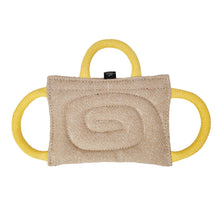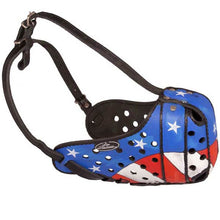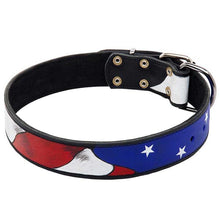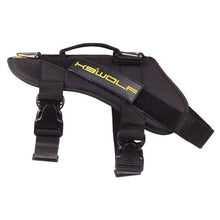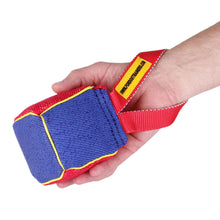How To Help A Shy Dog
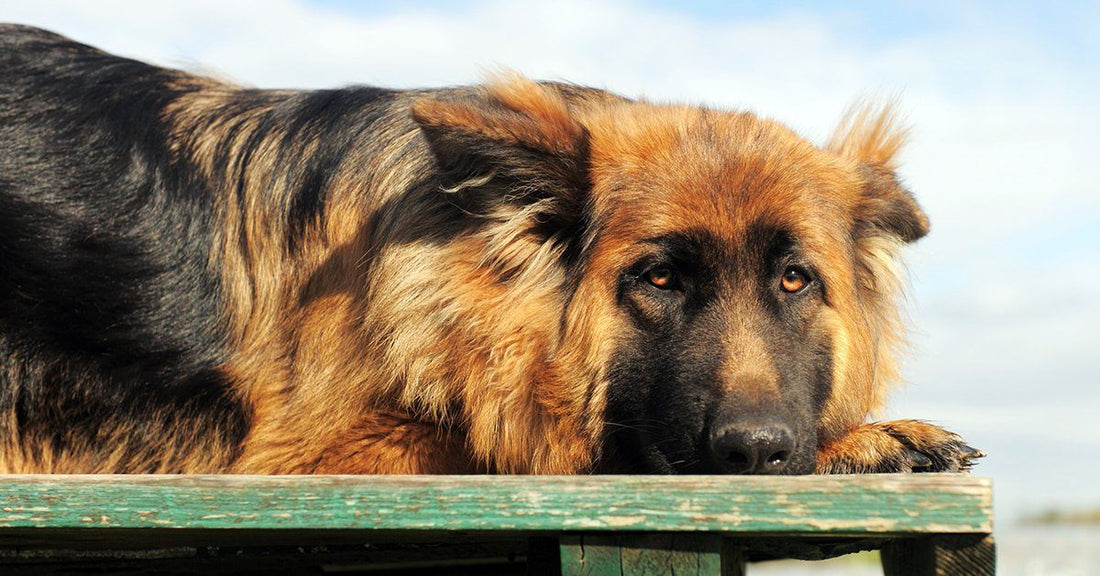
Some dogs are naturally shy and more timid than other dogs. These dogs are typically less outgoing, may seem reluctant, they’re more cautious when meeting new people, and more apprehensive when experiencing things for the first time.
Just because a dog is shy and timid, doesn’t mean it’s overly fearful. However, shy dogs can become very fearful if forced into uncomfortable situations. Fearful dogs are often scared of the world and have phobias of certain things or places or people. This type of shyness or fear often comes from lack of socialization as a puppy.
These fears hold the dog back from living their best life or even having normal dog experiences. Both shy and fearful dogs need help to face the world but should not be forced. Fearful dogs are more prone to bite and can panic over seemingly innocent things.
Shy dogs that don’t suffer from serious fears are usually more reserved and will avoid situations that make them uncomfortable or nervous. However, they also need training, conditioning, and encouragement to overcome this behavior and to live their best life.
Some Reasons Why Dogs Become Shy
Dogs can develop shy and timid tendencies when they’re taken from their mom too soon, not socialized from a young age, not exposed to new people or places, or they’ve been neglected or abused. They can also become shy and insecure without training or a routine. Some dogs become shyer when they become seniors or suffer from pain or other health problems.
How to Help a Shy Dog
The best thing that you can do to help shy dogs is to be confident for them. Shy dogs don’t need pity, they need strong leadership. They need to understand that what’s happening around them is okay and that the world is not a scary place.
To set them up for success, they don’t need to be overly coddled or comforted when exhibiting shy, timid behavior. But they also need to be protected from things that can trigger more fear and from bad experiences that can make the problem worse.
You can help a shy dog by proceeding slowly to gain their trust and never forcing the dog into a situation that scares the dog. With training and by allowing them to have more positive experiences and small victories, their confidence will grow.
You can help by encouraging calm, brave behavior and not rewarding shy behavior. For example, when a dog acts shy, don’t tell the dog ‘it’s okay,’ or reinforce and nurse the fear with words or body language. Rather, wait until the dog exhibits more confident behavior, such as moving forward, sniffing, or otherwise overcoming his inner battle then reward with praise and treats.
For example, let’s say a dog is scared of the leash. First, introduce the leash slowly without putting it on. Once the dog is used to it, then calmly put the leash on and let the dog get used to how it feels. Once the dog is comfortable, then begin trying to teach the dog to walk with the leash. All the while praising every small victory and ignoring the fearful behavior.
You’ll eventually train the dog to walk indoors, then the backyard, then the front yard, and finally down the street. Every time the dog overcomes its insecurity, it will be more confident and willing to try new things. This method of conditioning can be applied to many scenarios.
For instance, if the dog is afraid of people you could take the dog for a walk near people who are close enough to see but far enough away, they’re not a threat. Once the dog is comfortable, try walking closer over time. Eventually spend time in closer proximity to people without it triggering concern in your pup.
Eventually, have a friend help you. For instance, ask the friend to come closer to the dog greeting it and dropping treats. Have your friend get closer and closer over time while feeding treats and praising confident behavior until eventually the dog and the person are friends.
When working with a shy dog, always start slow and don’t move to the next step until the dog is comfortable with the first one. Being patient is very important to building their trust and confidence. Never rush, force, punish, or yell at a dog for being shy. It’s counterintuitive and will just set the training back.
Basic training is very important for shy dogs. With basic commands and tricks, you’re also providing a means of distraction when they confront something they feel insecure about. If the dog seems insecure, you can tell them to watch me, sit, hold it, heel, etc. to get their mind off their fear and onto something they feel positive about.
Other tips to help a shy dog include:
• Stay calm and upbeat
• Reward confident behavior when training
• Reward confident behavior the dog offers on their own
• Use a clicker, treats, praise, and affection to mark confident behavior
• Practice basic training to build confidence
• Redirect shy behavior onto training
• Introduce to new things slowly
• Ignore fearful, shy behavior
• Protect from scary stimulus or situations
• Provide a safe place of escape in your home when strangers come over
• Try to manage the dog’s environment whenever possible
• Don’t allow people to force themselves on the dog
If the dog is overly fearful, tries to bite out of fear or flat out panics at new situations or people, a behaviorist or trainer may be able to help. There are many dogs who have overcome their problems this way.









